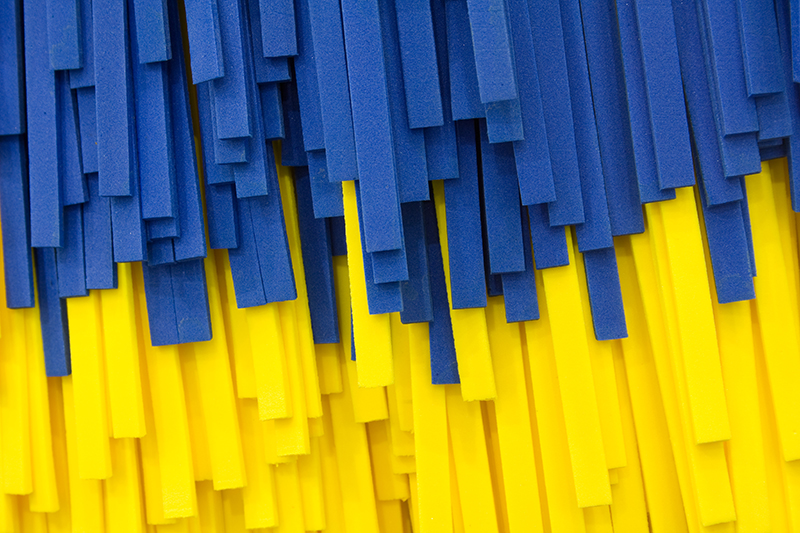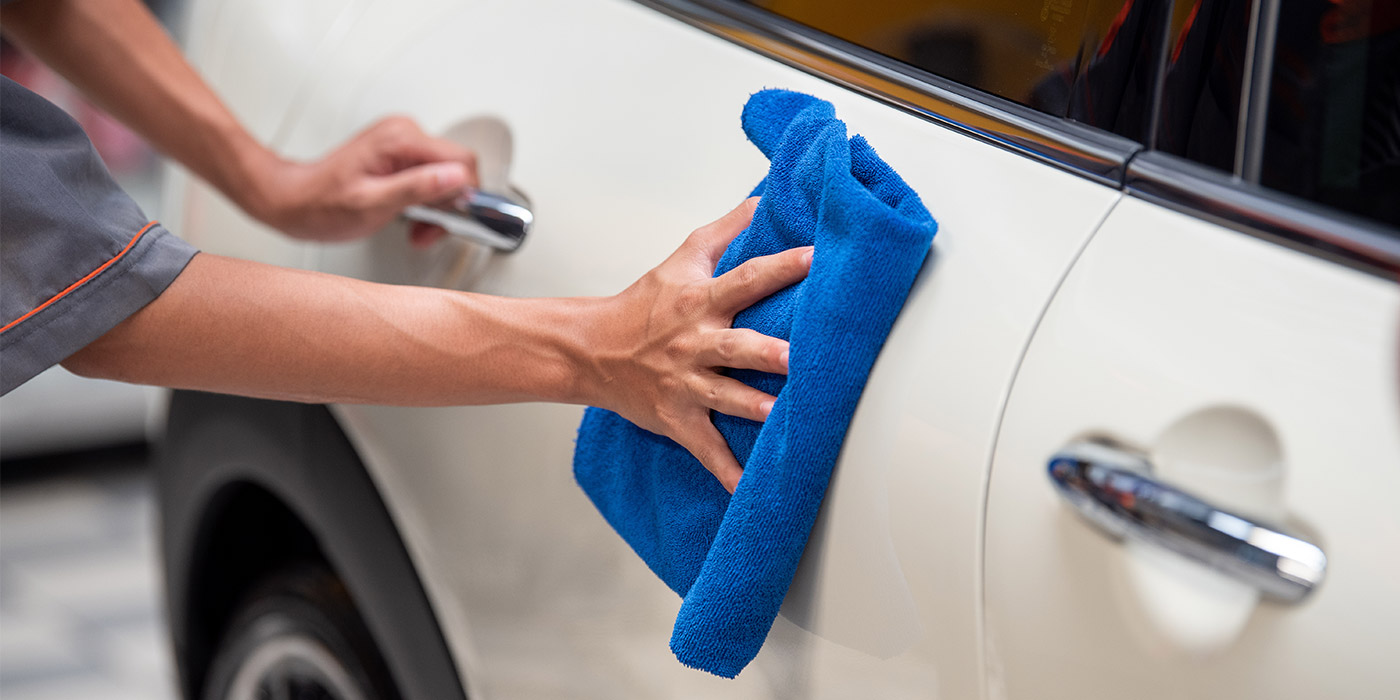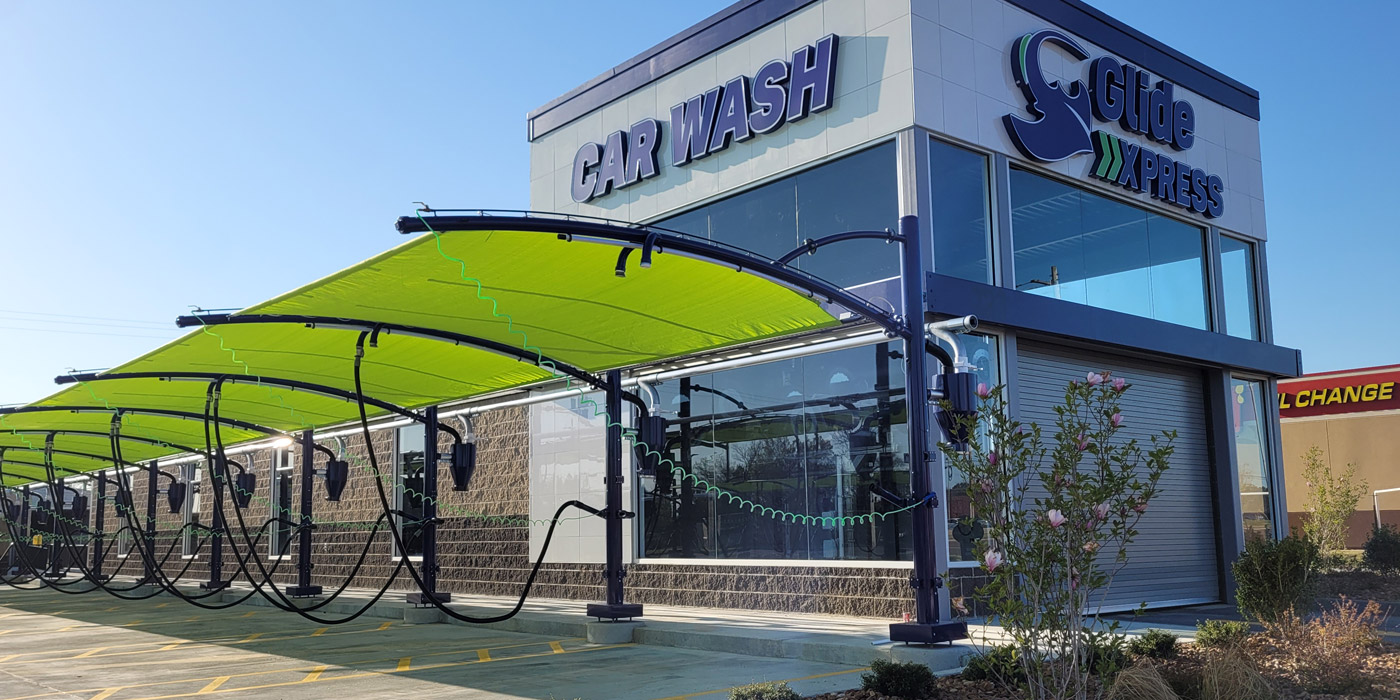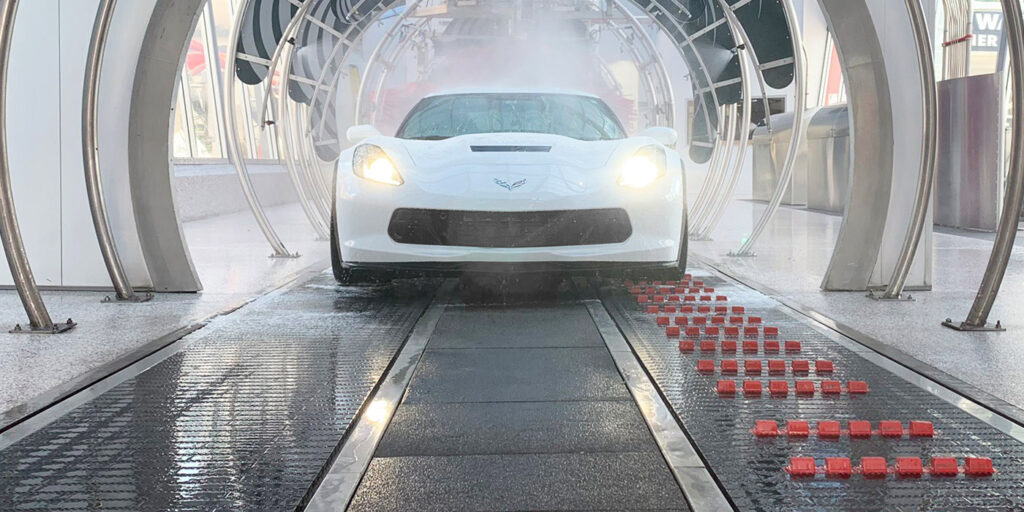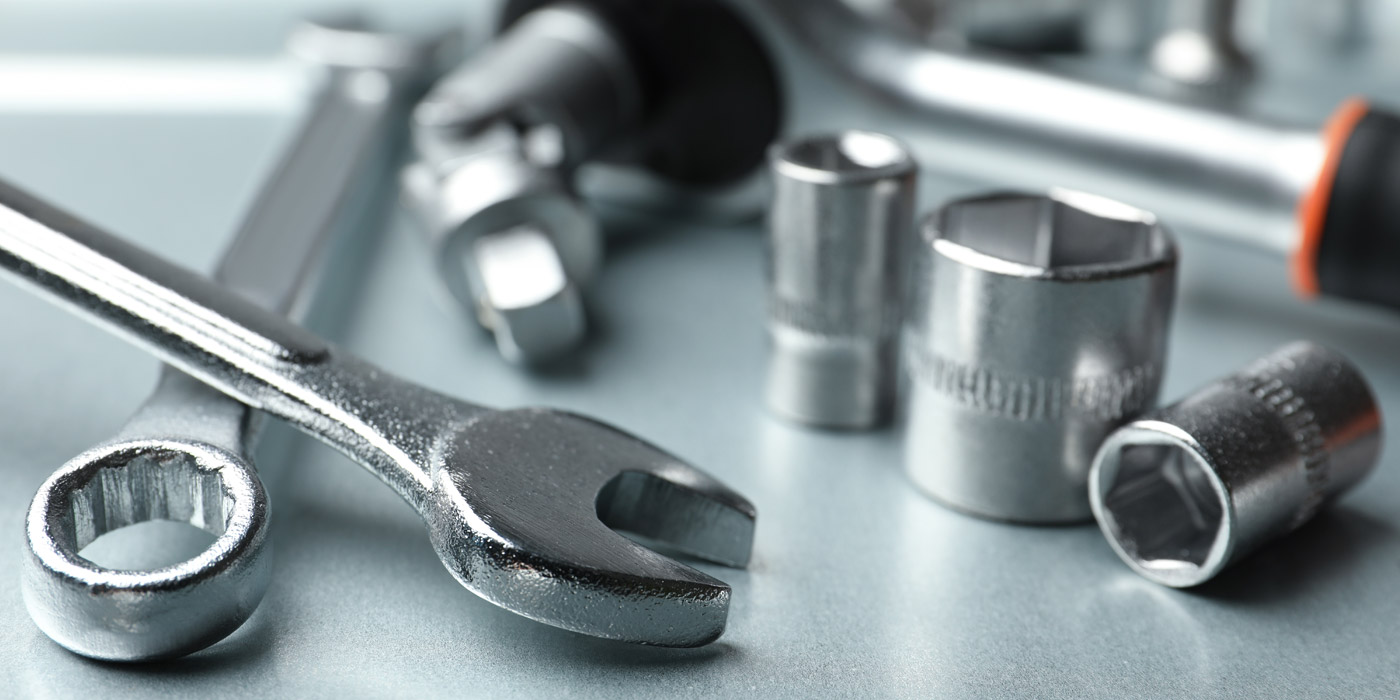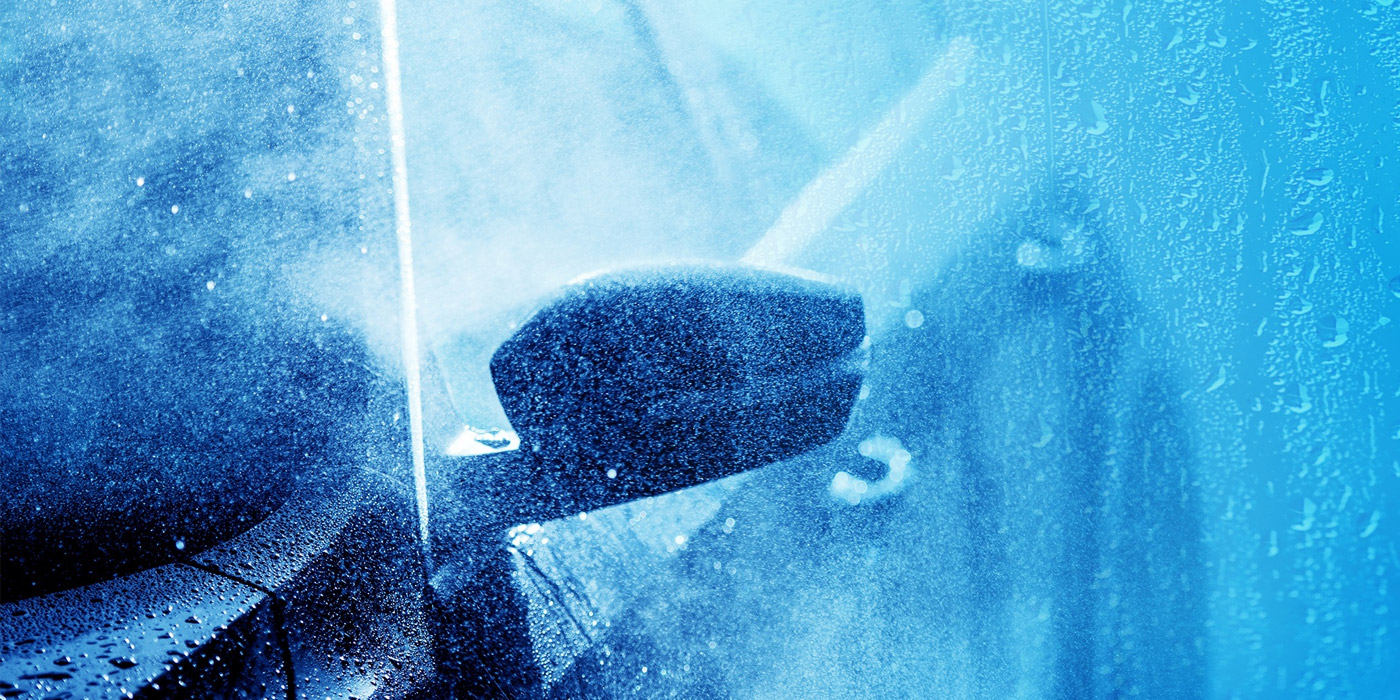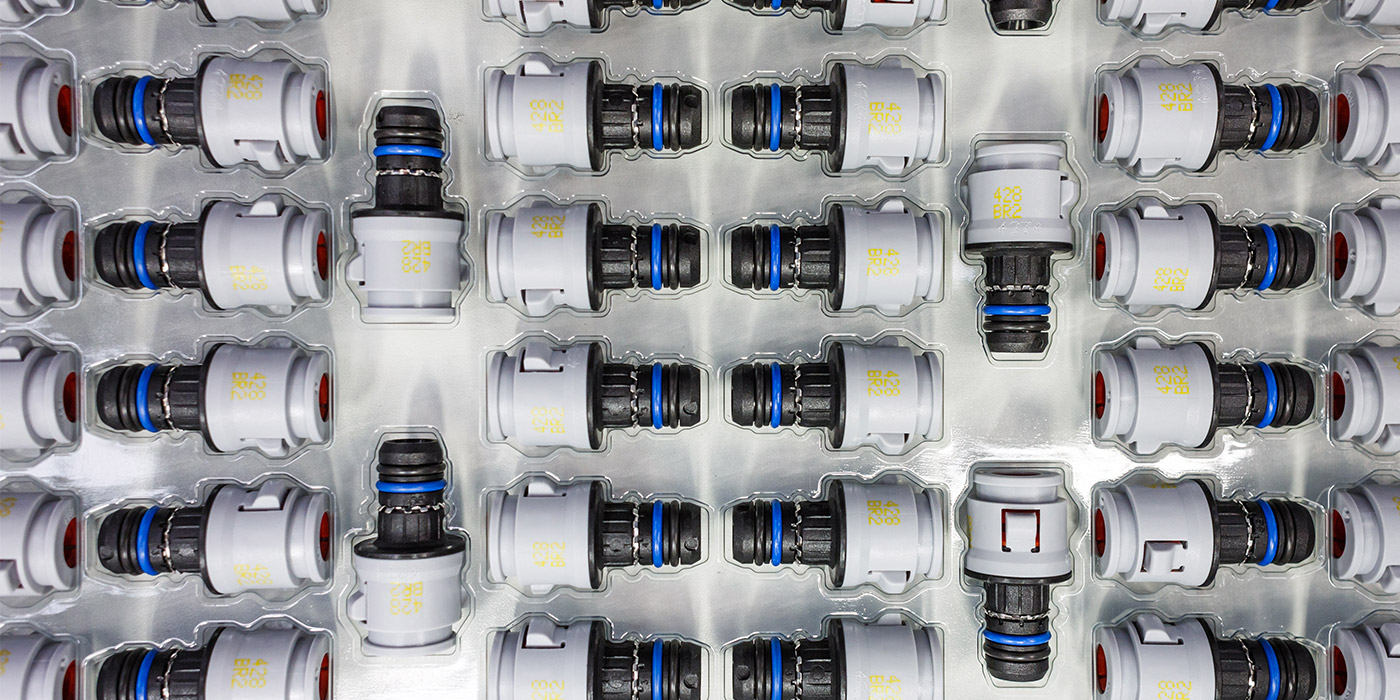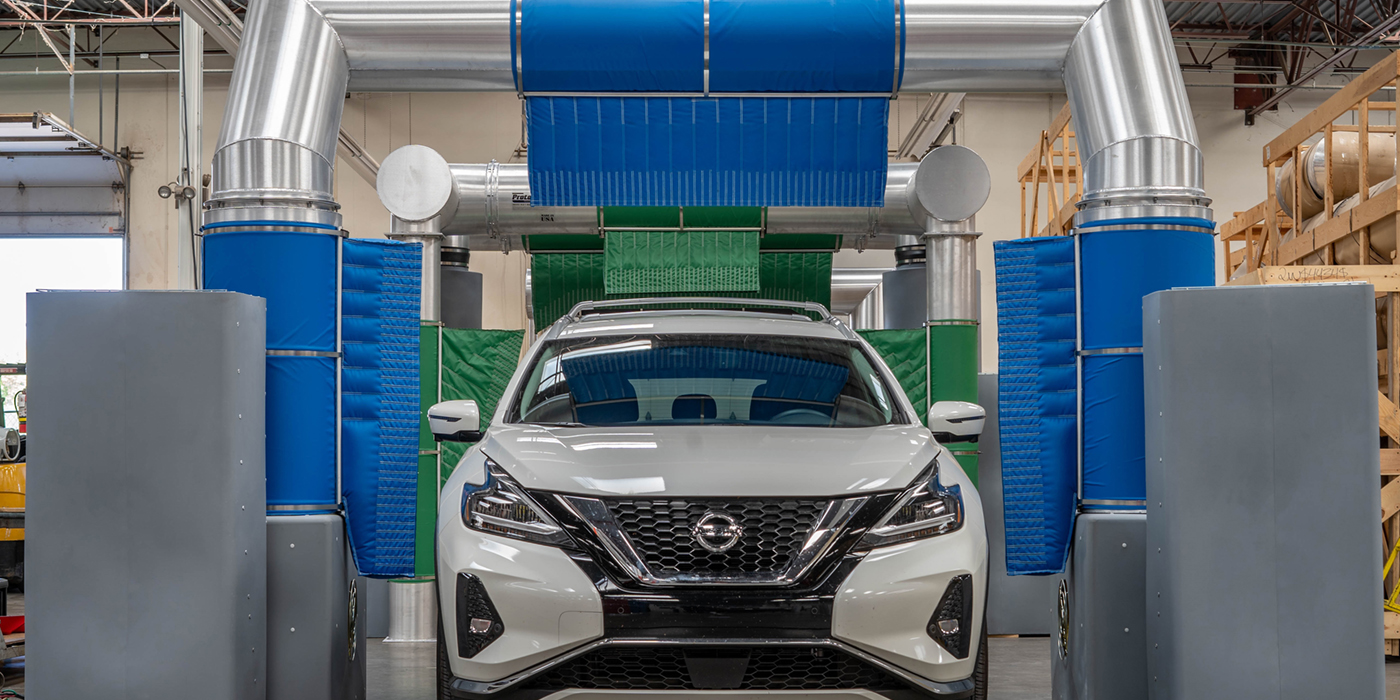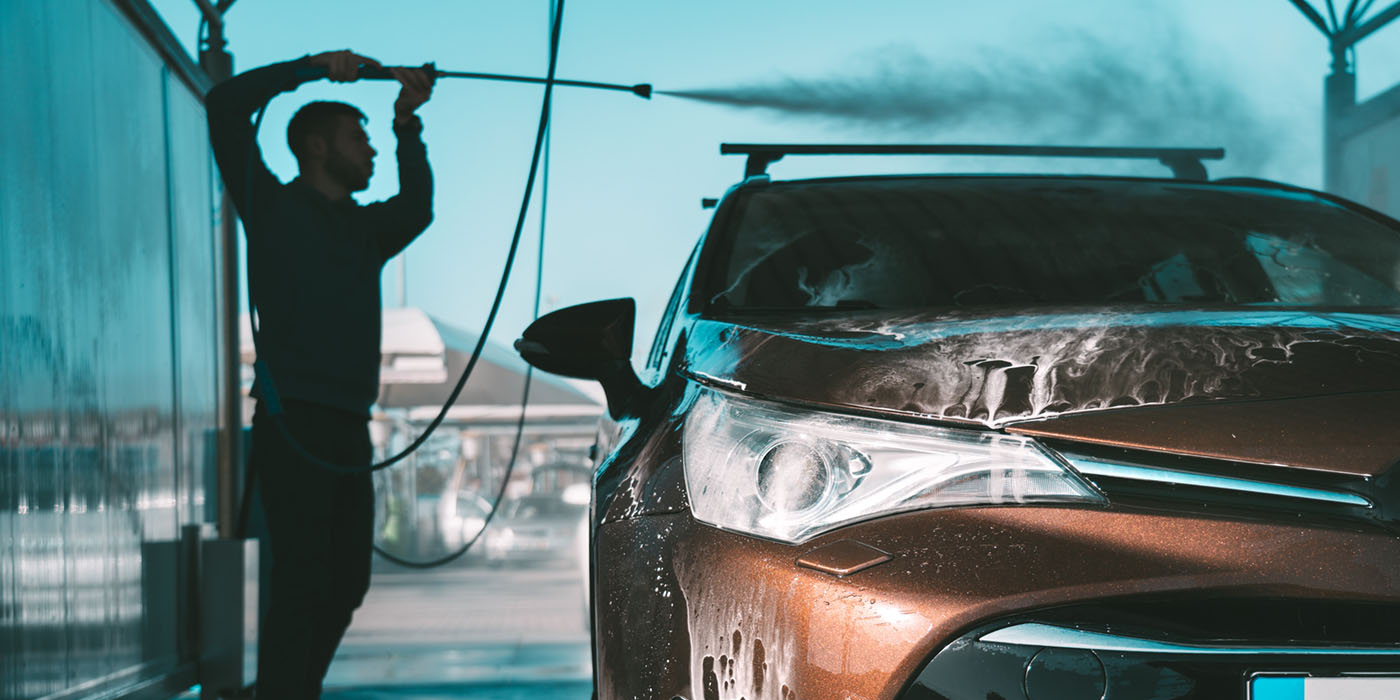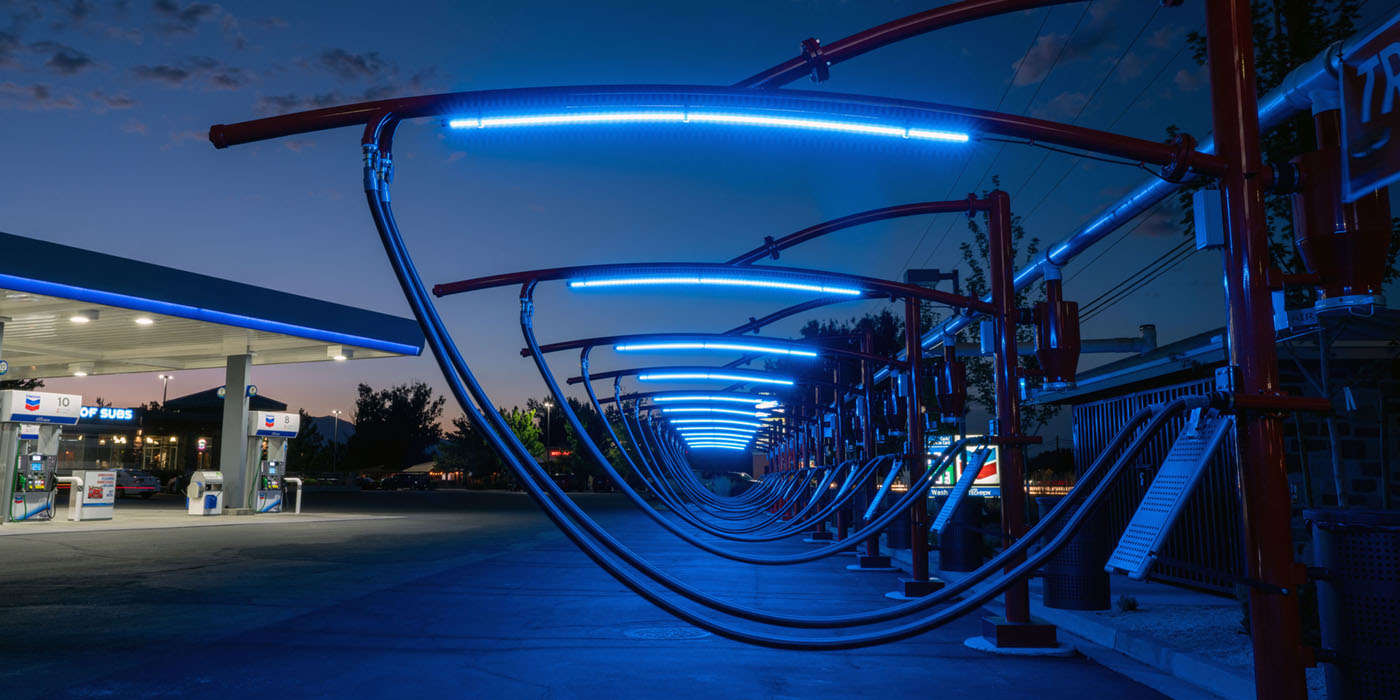In today’s active express tunnels, full automation pushes wash speeds and drives cleaning performance like never before. Tasks that were once handled by multiple employees are instead completed by an array of dependable wash equipment. This era of equipment-driven efficiency has come with many benefits, including increased sales and positive wash results.
How does this modern equipment complete the cleaning tasks that once required hours and hours of paid employee labor? Often, these cleaning tasks are completed by a wide variety of non-damaging carwash brushes. Modern wash brushes are manufactured with high-grade materials that guarantee both faster wash times as well as safer operations. In fact, wash brushes that damage vehicles have widely become a consideration of the past.
Currently, there is a massive selection of brushes available from dozens of manufacturers in the market. Because of this, it can be difficult for carwash owners to research and select the proper pieces when updating a wash location. Further, adding specialty equipment that utilizes brushes can be another area of concern for operators. In an industry with an expanding list of service offerings, it is imperative that owners learn about the latest equipment and the newest advances in top, back and specialized brushes.
Brush construction
One area where carwash brush offerings have definitely advanced over the decades is in materials and construction. Ted Yamin Jr., director of sales with Gallop Brush Co., states that the biggest changes in today’s carwash brushes can be seen in the drying and polishing phases of a tunnel. More washes are equipping tunnels with polishing brushes that give the vehicle drier surfaces and a lasting shine when it leaves the wash.
Mitter replacement selections have also expanded beyond just cloth, and the newer materials help clean vehicles better and more efficiently. Yamin Jr. notes that in addition to cloth, some companies produce a thicker brush material that is 100 percent made with recycled plastic bottles. The newer brush media offers modern carwashes more options that provide benefits for consumers.
Dan Pecora, owner of Erie Brush & Manufacturing, notes that today’s carwash brushes are, in general, made of lighter materials and are rotating at fewer RPMs with less force applied. With newer brush media, such as modern foam, vehicles will look shinier when they exit the wash. The gentle foam products are also lighter and quieter, which can be an advantage if the customer rides in the vehicle during the wash. Lighter foam brushes will generally cause less damage as well. Altogether, newer brushes often help a vehicle come out of a tunnel cleaner and shinier.
Another unique construction property that Yamin Jr. reveals are brushes constructed with smaller foam “fingers.” These smaller brush parts reach into tighter spots for a better clean while the foam construction creates a quieter wash. This type of brush designed with small diameter “fingers” — some as small as four millimeters — can fully clean hard-to-reach areas on a vehicle.
“There hasn’t been that huge change like when soft cloth came out in the 1980s, but innovation by manufacturers has grown,” Yamin Jr. says.
Durability of construction has also come a long way for modern carwash brushes. Yamin Jr. states that having more durable brushes saves a carwash money on a cost-per-car basis. Durable brushes that do not have to be changed as often will save an operator maintenance costs and will not affect the quality of the wash’s performance.
Specialty wash equipment
What types of new, automated equipment use these updated brush designs? Modern drying and polishing equipment that utilizes brush materials via mitters and side washers is now common, according to Yamin Jr. This equipment reduces labor costs while increasing both customer experience and satisfaction.
But, even more importantly, these drying and polishing services are additional offerings that can be sold to customers, Yamin Jr. adds. These selections have proven popular with carwash owners because they both add value to a carwash purchase and provide ways to differentiate a business from its competitors in a market.
Pecora agrees that high-quality services that use brushes can provide a potential profit boost. “With high-quality brushes, carwash owners can sell specialty services for extra money, such as an extra ‘shine.’ There are several ways to produce a better shine. However, the best way is to have the right type of high-quality brush and use it properly,” he says.
Best brush practices
As brushes are so integral to proper tunnel operation, Yamin Jr. stresses that a preventive maintenance plan is a best practice for every wash. Operators must ensure the cloth, foam or other brush media is not tearing. Also important is a balanced chemistry mixture in the tunnel. A proper chemical lubrication mix will prevent excessive wear and allow the brushes to last longer.
Certain steps in carwash preparation can be best practices to prolong brush life as well. If a carwash preps the vehicles, that will help remove some of the harsher particles on the paint surface before the tunnel entrance. According to Yamin Jr., this removal prevents the brushes from having to absorb harsh particles, allowing them to last longer.
Pecora’s list of best practices includes being aware of specified or recommended brush RPMs and how much force the brush places on vehicles. These are important factors for thorough cleaning without creating vehicle damage. “Many carwash owners don’t replace their brushes soon enough, either,” he adds. “The best operators understand that using newer brushes will keep vehicles cleaner and shinier.”
Another best practice Pecora recommends is that when operators or employees wash down the tunnel floor at night, they should not use a high-powered hose. There is sand and grit on the concrete floor, and some of it will inevitably end up on the brushes if high-pressure washing is used. If grit settles on the brushes, the first few vehicles the next morning can get scratched. This can prove to be a “very costly mistake,” according to Pecora.
Important inspections
One important way to gauge brush condition in a carwash is a simple brush inspection. Time for regular inspections should be incorporated into a wash’s regular preventative maintenance program. Yamin Jr. explains that locations should utilize the following brush inspection schedule:
- Daily walk-through. This is a basic visual inspection; just take a quick walk and look around.
- Weekly quick inspections. Here, one should touch the brushes, pull out the fingers to see the length and move the brushes to ensure they are tight on the core and not loose.
- Monthly extended inspection. The inspector should measure the length of the fingers, look at the cores closely, check for erosion and replace loose brushes.
“In the end, inspection is a crucial component to keeping your brushes in the best working condition,” Yamin Jr. says. “By taking the time to inspect, you will continue to clean cars better.”
Inspections will allow an operator to know where he or she might have some brushes wearing out and allow for planning to replace them. Simply put, worn brushes equal dirty cars, Yamin Jr. states. The goal is to avoid poor performance, so that wash customers will continue to be happy with their results, and this will drive lucrative repeat business.
Pecora also suggests that operators inspect their brushes daily. “What you are looking for is if the brush is starting to tear or rip anywhere; if they are, something is wrong,” he explains. “Also, they should be clean and not have any oil, sand or grit on them.”
Colorful solutions
There are multiple brush colors available today to match any wash’s décor. Yamin Jr. notes that, often, several standard colors are available for foam brushes and several standard colors for cloth. Beyond that, more colors can be available from carwash manufacturers via special order.
After the selection is finalized, a quality brush supplier will also be able to walk an operator through the purchase and shipping process. Once the brushes are built and shipped, Yamin Jr. states that distributors should be available to respond to any questions or concerns.
Before ordering, Pecora suggests an operator complete brush research. “Instead of simply ordering out of a catalog and purchasing the least expensive option, spend a little time and confer with a brush expert with a lot of industry experience,” he says. “Many things have changed in the industry over the last 30 years.”
This consultation and process of learning more can pay off in the long run.
“It’s not enough to have just a surface understanding of what is happening with the brush; you need a deeper understanding,” Pecora concludes. “Why invest $4 to $5 million in a carwash and then put in cheap brushes? Consult with an expert, and it will pay off in the end.”
Eugene Allen is a freelance contributor.

